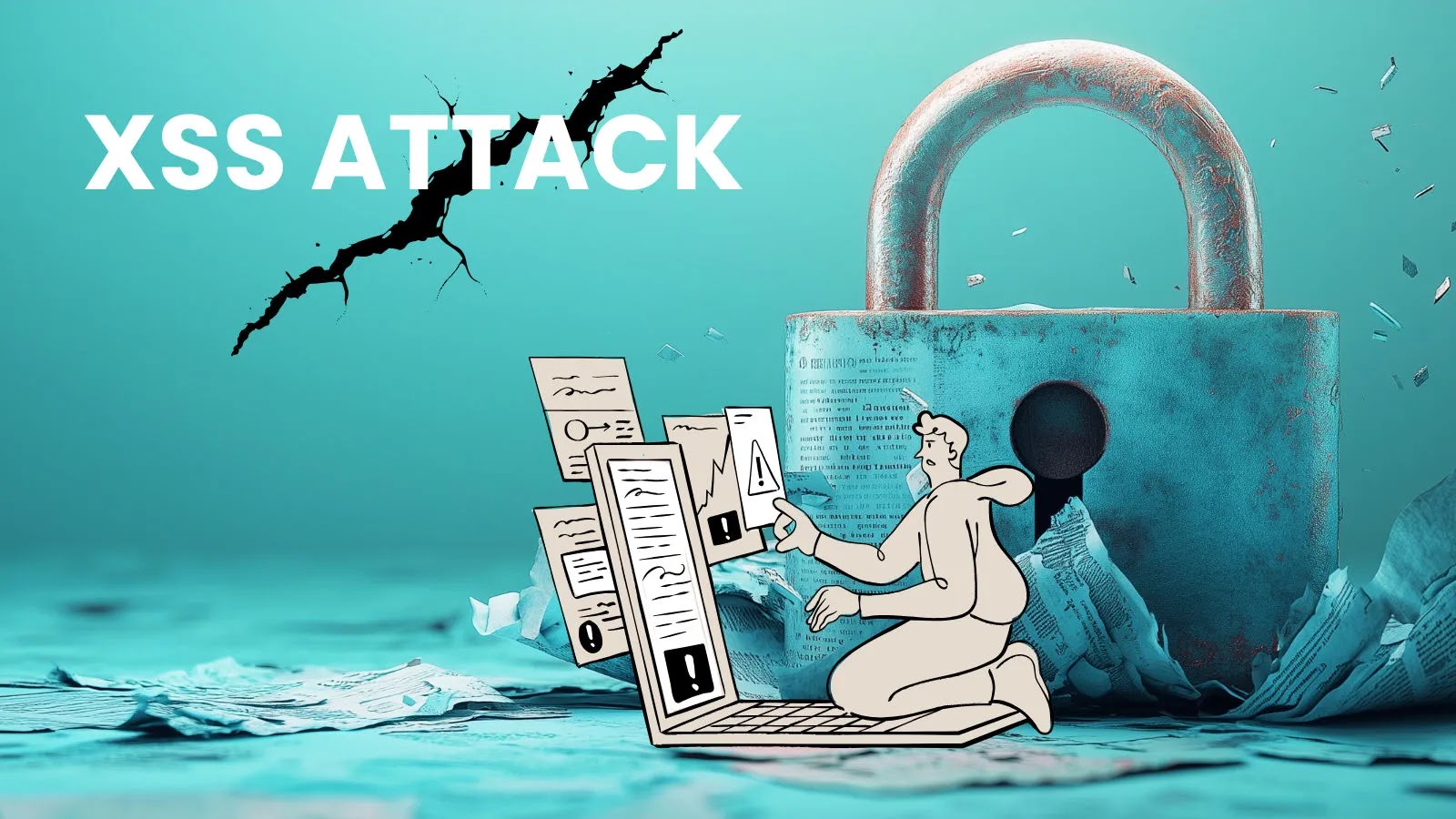
Microsoft Confirms 900+ XSS Vulnerabilities Found in IT Services, Ranging from Low Impact to Zero-Click
The Lingering Threat of XSS: Microsoft Confirms 900+ Vulnerabilities
Cross-Site Scripting (XSS) is a veteran among web vulnerabilities, a persistent thorn in the side of application security for over two decades. Despite its long tenure and well-documented risks, XSS continues to surface across a vast spectrum of digital environments, from foundational legacy systems to cutting-edge cloud-native architectures. The Microsoft Security Response Center (MSRC) recently underscored this enduring challenge by confirming an astonishing discovery: over 900 XSS vulnerabilities impacting various IT services. These aren’t just minor kinks; they range from low-impact issues to critical zero-click exploits, highlighting the pervasive and evolving nature of this threat.
Understanding Cross-Site Scripting (XSS) Vulnerabilities
At its core, an XSS vulnerability allows attackers to inject malicious client-side scripts into web pages viewed by other users. This exploit typically occurs when a web application processes untrusted user input without proper validation and sanitization, subsequently including that input in the generated HTML output. When a legitimate user loads the compromised page, their browser executes the attacker’s script. The consequences can be severe, leading to:
- Session Hijacking: Stealing session cookies to impersonate the user.
- Defacement: Altering the content or appearance of a website.
- Malware Distribution: Redirecting users to malicious sites or initiating drive-by downloads.
- Data Exfiltration: Accessing sensitive information stored in the user’s browser or local storage.
- Zero-Click Exploits: In the most dangerous scenarios, XSS can be weaponized into “zero-click” exploits, requiring no user interaction beyond simply opening a document or visiting a web page for the attack to succeed.
The sheer number of XSS vulnerabilities confirmed by Microsoft illustrates that even with sophisticated security measures, these flaws can hide in complex service ecosystems.
The Pervasiveness of XSS in Modern IT Services
The MSRC’s findings, as reported by Cybersecurity News, are a stark reminder that XSS isn’t going away. The fact that over 900 vulnerabilities were identified across Microsoft’s own IT services speaks volumes about the challenge. This includes a broad spectrum of applications and platforms that power businesses globally. The presence of zero-click XSS vulnerabilities is particularly concerning. These advanced forms of XSS can be significantly more dangerous as they bypass traditional user-interaction requirements, enabling attackers to compromise systems silently and efficiently.
The difficulty in eradicating XSS stems from several factors:
- Developer Blind Spots: Even experienced developers can inadvertently introduce XSS flaws if security best practices for input handling are not rigorously followed.
- Complexity of Modern Applications: Single-page applications (SPAs), rich client-side frameworks, and interconnected microservices create numerous potential injection points.
- Evolution of Attack Techniques: Attackers constantly find new ways to bypass existing sanitization filters and exploit previously unknown injection vectors.
Remediation Actions for XSS Vulnerabilities
Addressing XSS vulnerabilities requires a multi-layered approach, combining proactive development practices with robust security testing.
- Input Validation and Sanitization: This is the cornerstone of XSS prevention. All user-supplied input should be strictly validated against expected formats and sanitized to remove or encode potentially malicious characters before being rendered on a web page.
- Output Encoding: Ensure that all data retrieved from a database or other storage and then displayed on a web page is properly encoded according to the context (e.g., HTML entity encoding for HTML content, URL encoding for URLs). This prevents the browser from interpreting user data as executable code.
- Content Security Policy (CSP): Implement a strong CSP header to instruct browsers on which dynamic resources are permitted to load and execute. This can effectively mitigate even successful XSS injection attempts by preventing unauthorized script execution.
- HTTP-only and Secure Flags for Cookies: Mark sensitive cookies with the `HttpOnly` flag to prevent client-side JavaScript from accessing them, thereby mitigating session hijacking via XSS. The `Secure` flag ensures cookies are only transmitted over HTTPS.
- Security Headers: Utilize headers like
X-XSS-Protection(though largely superseded by CSP) andX-Content-Type-Options: nosniffto enhance browser security. - Regular Security Audits and Penetration Testing: Routinely scan applications for vulnerabilities, including XSS. Professional penetration testers can uncover complex XSS vectors that automated tools might miss.
- Developer Training: Educate developers on secure coding practices, focusing specifically on XSS prevention techniques and common pitfalls.
Tools for XSS Detection and Mitigation
Leveraging the right tools can significantly enhance your ability to detect and prevent XSS vulnerabilities.
| Tool Name | Purpose | Link |
|---|---|---|
| OWASP ZAP | Comprehensive Web Application Security Scanner (Proxy-based, DAST) | https://www.zaproxy.org/ |
| Burp Suite (Community/Pro) | Integrated platform for performing security testing of web applications | https://portswigger.net/burp |
| Acunetix | Automated web vulnerability scanner (DAST) | https://www.acunetix.com/ |
| Netsparker | Advanced web vulnerability scanner for DAST and IAST | https://www.invicti.com/ |
| XSStrike | Powerful XSS detection suite with a custom fuzzing engine | https://github.com/s0md3v/XSStrike |
| CSP Evaluator | Helps in analyzing and generating optimal Content Security Policies | https://csp-evaluator.withgoogle.com/ |
Looking Ahead: The Continued Battle Against XSS
The MSRC’s disclosure serves as a critical wake-up call for organizations and developers worldwide. The substantial number of XSS vulnerabilities, including sophisticated zero-click variants, across a major technology provider’s services underscores that XSS remains a paramount cybersecurity concern. Mitigating this risk demands continuous vigilance, a commitment to secure coding practices, rigorous testing, and the intelligent application of security controls. The prevalence of XSS reminds us that foundational web security principles are as relevant today as they were two decades ago, and their consistent application is vital in securing our increasingly interconnected digital landscape.





